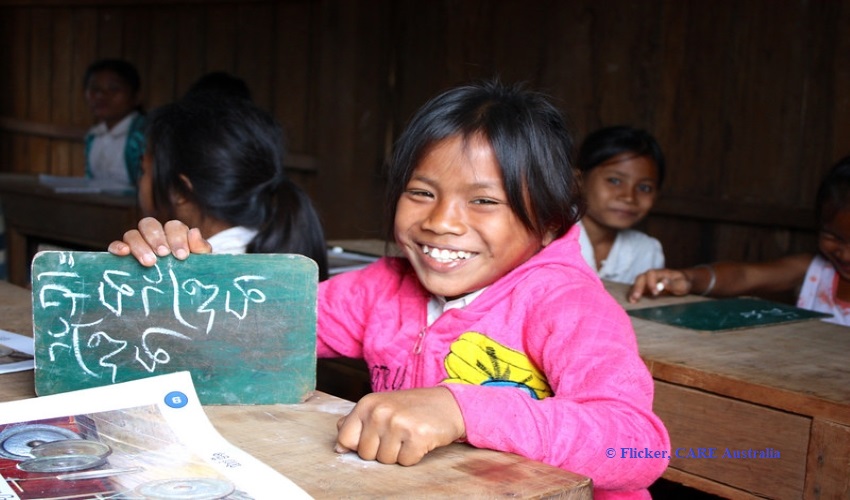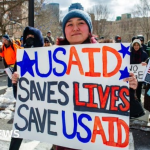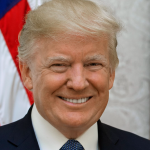
Covid-19 pandemic crisis is at the center stage across the countries as governments and policy makers are scrambling to work on the United Nations’ sustainable development goals (SDGs). Education sector is one of the majorly impacted sector around the globe and must be acknowledged, says Human Rights Watch.
Covid-19 pandemic crisis is at the center stage across the countries as governments and policy makers are scrambling to work on the United Nations’ sustainable development goals (SDGs). Education sector is one of the majorly impacted sector around the globe and must be acknowledged, says Human Rights Watch.
The fact that children from almost 190 countries did not attend a formal education as a pandemic response directly indicates the situation of education sector globally and the need to acknowledge and work towards its boosting. The staggering number of children still being affected by the crisis is under presumption but the level of impact is foreseeable.
As do the natural disasters and conflicts impact other sectors, schools are not damaged during the current Covid-19 pandemic crisis, but the damage it has incurred has also tested the responsiveness of this sector towards such future disasters. The ability to adapt to rapidly changing times has unloaded a scathe on education system internationally.
#Covid-19 reveals global need to improve education systems.
— Jan Kooy (@KooyJan) July 13, 2020
Governments should focus resources, attention on inclusive education.
Dispatch by @hrw's @Martinez_Elinhttps://t.co/eMnV3y3EZv pic.twitter.com/uqpmu8x4UX
The great impact on children and youth’s education since the pandemic has struck is basically highlighting the already existing gaps in the system, which are now gaping wide and staring at us. One in five children were devoid of basic human right of right to education even before the start of Coronavirus. The UN Special Rapporteur on Education has devised that any bias before the pandemic started or during it “exists against a backdrop of entrenched, recognized structural inequality.” Learning inequalities have exacerbated even more as many countries have rolled out technology enabled online learning, which is naturally unavailable to children from under-developed countries or remote areas from developing countries. Furthermore, many governments lack proper infrastructure and resources that are required for the education sector strengthening.
Human Rights Watch has reported that ever since adoption of SDGs there has been a highlighted increase in exclusion of children with disabilities, refugees and migrant children, LGBTQ youth and in many contexts girls. The HRW has also identified the specific policies and practices that make these children and youth more prone to discrimination in education and similar sectors.
HRW advocates that identifying these gaping points and working on improving the education systems at a global level is necessary, but will not be an easy task to achieve. International organizations must collaborate with governments to invest systemically and adequately to strengthen the public education system which would be available to all children.







